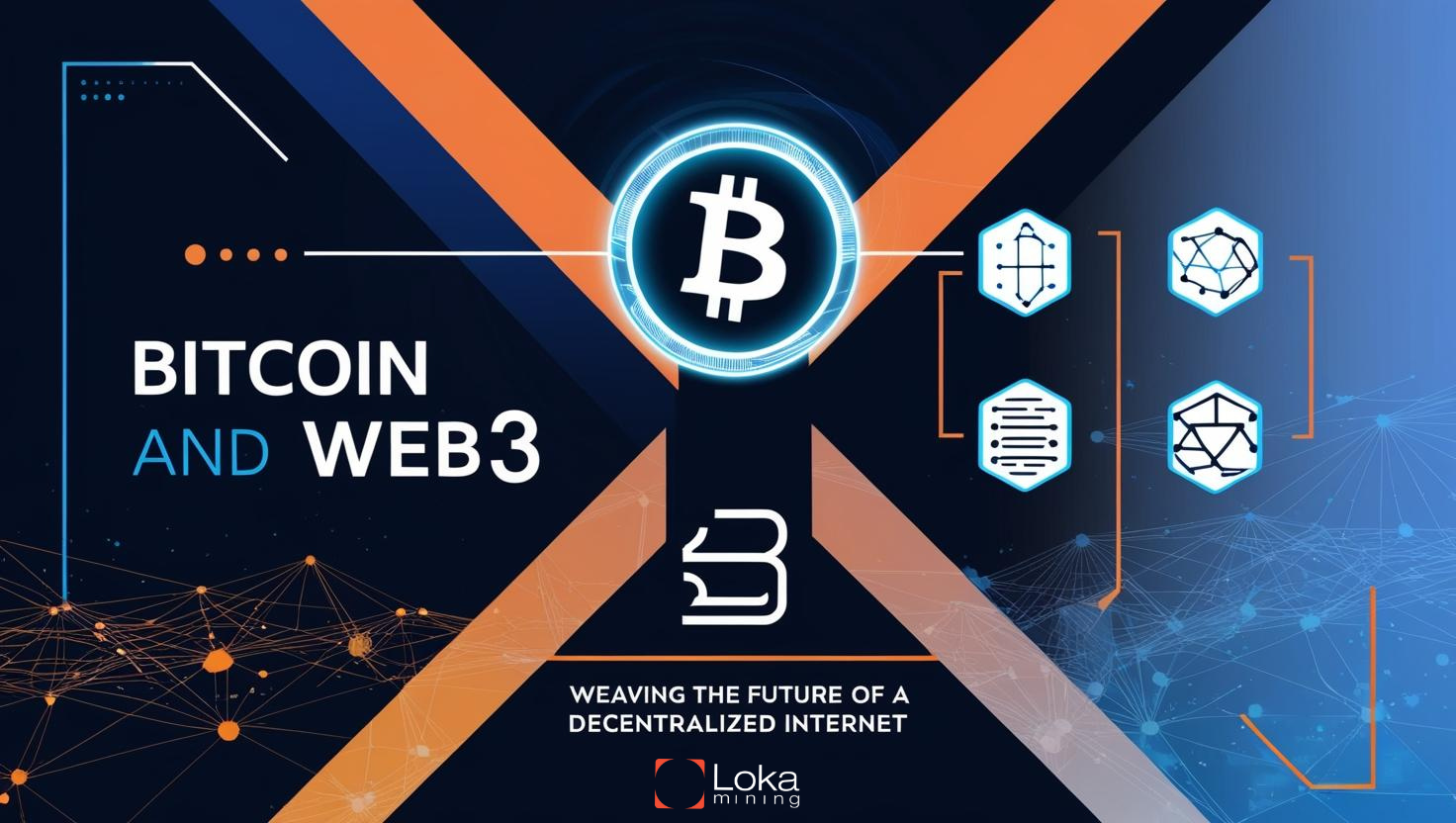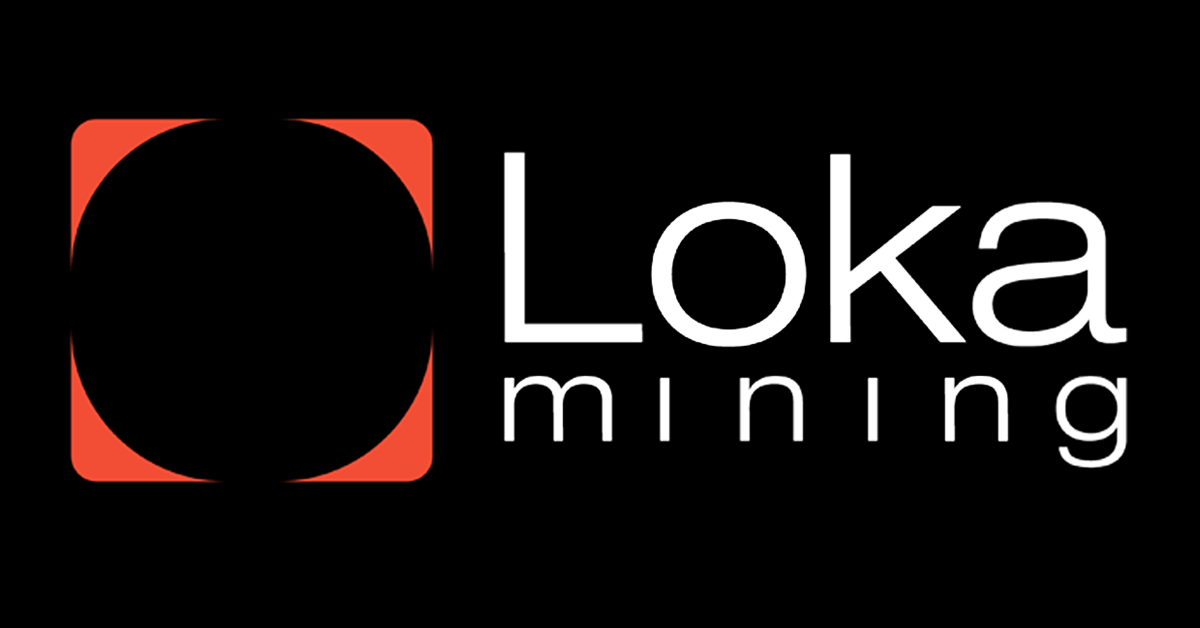Bitcoin and Web3: Weaving the Future of a Decentralized Internet

In an ever-evolving digital landscape, Bitcoin has transcended its role as the first cryptocurrency to become a cornerstone of Web3—a vision for a decentralized, blockchain-based internet that empowers users. With a market capitalization exceeding $1.8 trillion as of April 2025 (per CoinMarketCap), Bitcoin is no longer just "digital gold," but a foundation for Web3 innovations like NFTs, DeFi, and tokenization.
This article explores how Bitcoin is driving global Web3 adoption, supported by the latest data, technological advancements such as Ordinals, BRC-20, and Runes Protocol, as well as the challenges it faces.
1. Bitcoin: The Bedrock of Web3
Introduced by Satoshi Nakamoto in 2008, Bitcoin pioneered blockchain technology, enabling peer-to-peer transactions without intermediaries. This decentralization lies at the heart of Web3, which seeks to replace the centralized internet (Web2) with an ecosystem where users control their data, assets, and identities. Bitcoin’s role has expanded beyond currency to become:
- Store of Value:
Dubbed "digital gold," Bitcoin has attracted institutional investment through spot Bitcoin ETFs, with inflows exceeding $17 billion in 2024 (CoinShares). - Gateway to Web3:
According to Triple-A (2024), over 560 million people globally own crypto, with Bitcoin often serving as their entry point into DeFi, NFTs, and other Web3 applications. - Ecosystem Security:
With the highest hashrate among blockchains—reaching 650 EH/s in 2025 (BitInfoCharts)—Bitcoin provides unmatched security, making it a trusted foundation for Web3 projects.
2. Bitcoin’s Innovations in Web3
Although Bitcoin lacks native smart contract functionality like Ethereum, new technological innovations have broadened its utility within Web3. Key developments include:
a. Ordinals: NFTs on Bitcoin
Launched in 2023, the Ordinals protocol allows data (such as images or text) to be embedded into individual satoshis, creating NFTs directly on the Bitcoin blockchain.
- Impact:
According to CryptoSlam, Ordinals-based NFT trading volume reached $1.2 billion in 2024, with platforms like Magic Eden supporting this market. - Examples:
Collections like Bitcoin Punks and Taproot Wizards have captured the Web3 community’s attention, showcasing Bitcoin’s creative potential.
b. BRC-20: Experimental Fungible Tokens
BRC-20 is a token standard built on Ordinals, enabling the creation of fungible tokens, similar to Ethereum’s ERC-20.
- Adoption:
CoinGecko reports that BRC-20 tokens peaked at a $4 billion market cap in late 2023, although volatility remains high. - Drawbacks:
BRC-20 tokens increase blockchain size and transaction fees, sparking debates within the Bitcoin community regarding their sustainability.
c. Runes Protocol: Efficient Tokenization
Introduced by Casey Rodarmor in April 2024, Runes Protocol offers a new way to create fungible tokens on Bitcoin, leveraging its UTXO model for efficiency and Lightning Network compatibility.
- Early Impact:
Dune Analytics shows that Runes accounted for 57% of Bitcoin transactions within the two weeks following its launch. - Potential:
Runes could power Web3 applications such as DeFi and microtransactions, with wallets like UniSat and Xverse already offering support.
d. Other Solutions
- Stacks:
A layer-1 blockchain enabling smart contracts and dApps on Bitcoin. DeFi TVL on Stacks grew 300% since 2023 (DefiLlama). - Lightning Network:
A layer-2 solution enabling fast, low-cost Bitcoin transactions, supporting Web3 use cases like micropayments. Network capacity reached 5,800 BTC in 2025 (1ML). - Rootstock (RSK):
A sidechain bringing Ethereum-like smart contracts to Bitcoin, with a TVL of $500 million in 2024.
3. Global Adoption and Supporting Data
Bitcoin’s integration with Web3 has accelerated, driven by:
- Institutional Investment:
Spot Bitcoin ETFs, approved in the US, Hong Kong, and other markets, brought $12.7 billion in inflows in Q4 2024 (Bloomberg). - Web3 Infrastructure Integration:
Browsers like Opera and Brave, and wallets like Trust Wallet, now support Bitcoin for Web3 transactions. Marketplaces like Magic Eden also handle Ordinals and Runes. - User Growth:
Chainalysis (2024) notes that 40% of global crypto activity involves Bitcoin, often serving as a bridge into Web3 applications. - DeFi and NFTs:
Bitcoin-based DeFi TVL reached $1.5 billion in 2025 (DefiLlama). Bitcoin NFTs now account for 10% of global NFT trading volume (CryptoSlam).
4. Challenges in Web3 Adoption
Despite rapid progress, Bitcoin faces several hurdles:
- Limited Functionality:
Bitcoin’s architecture prioritizes security over complex smart contracts, making it less versatile than Ethereum, which commands 60% of DeFi TVL (DappRadar). - Scalability:
Bitcoin’s blockchain processes only 7 transactions per second. Although Lightning Network mitigates this, adoption is still growing. - Price Volatility:
Bitcoin’s price, projected to reach $150,000–$250,000 by late 2025 (Standard Chartered), remains prone to sharp corrections—such as a 10% drop after peaking at $92,800. - Community Controversy:
Innovations like Ordinals and Runes have sparked debates among Bitcoin “purists,” who believe they deviate from Bitcoin’s original vision. - Regulatory Challenges:
Global regulatory uncertainty, including stricter crypto tax regulations in the EU, could slow adoption.
5. The Future of Bitcoin in Web3
Looking ahead, Bitcoin’s integration with Web3 is expected to deepen through:
- Bitcoin-Based DeFi Growth:
Projects like Stacks and Runes could drive Bitcoin DeFi TVL to $5 billion by 2026 (Delphi Digital). - NFTs and Digital Collectibles Expansion:
The Ordinals market is projected to reach $3 billion in annual trading volume by 2026 (CryptoSlam). - Runes Tokenization Potential:
Runes' compatibility with the Lightning Network could enable stablecoins and reward systems. - Institutional Adoption:
Bitcoin’s market cap is expected to hit $2 trillion by late 2025 (Ark Invest), strengthening its role in Web3 portfolios.
Conclusion
Bitcoin has evolved from a digital currency to a linchpin of the Web3 ecosystem, fueled by innovations like Ordinals, BRC-20, and Runes Protocol. With soaring institutional adoption, growing Web3 infrastructure integration, and rising DeFi and NFT activity, Bitcoin is solidifying its position in the decentralized internet revolution.
Despite challenges around scalability and regulation, Bitcoin’s security and prominence make it an unshakable foundation for Web3’s future. As Cathie Wood of Ark Invest aptly stated, "Bitcoin is the first step toward a truly decentralized financial world."
By continuing to innovate, Bitcoin is not only weaving the future of Web3 but also reshaping how we interact with the internet.
Note:
Data in this article is sourced from CoinMarketCap, CoinShares, Triple-A, BitInfoCharts, CryptoSlam, CoinGecko, Dune Analytics, DefiLlama, Bloomberg, Chainalysis, DappRadar, Standard Chartered, Ark Invest, Delphi Digital, and 1ML, reflecting the latest information as of April 2025.
This article presented by Loka Mining.
Loka is revolutionizing the Bitcoin mining ecosystem by directly connecting investors with Bitcoin miners through a decentralized mining pool and an upcoming permissionless forward hashrate marketplace protocol.
Loka enables investors to get Bitcoin at lower than market price without centralized & counter-party risks, and Bitcoin miners to access capital efficient financing and hedge their risk exposure by selling their future mining rewards.
Find out more about loka in https://lokamining.com — or access our mining pool aggregator on https://pool.lokamining.com





